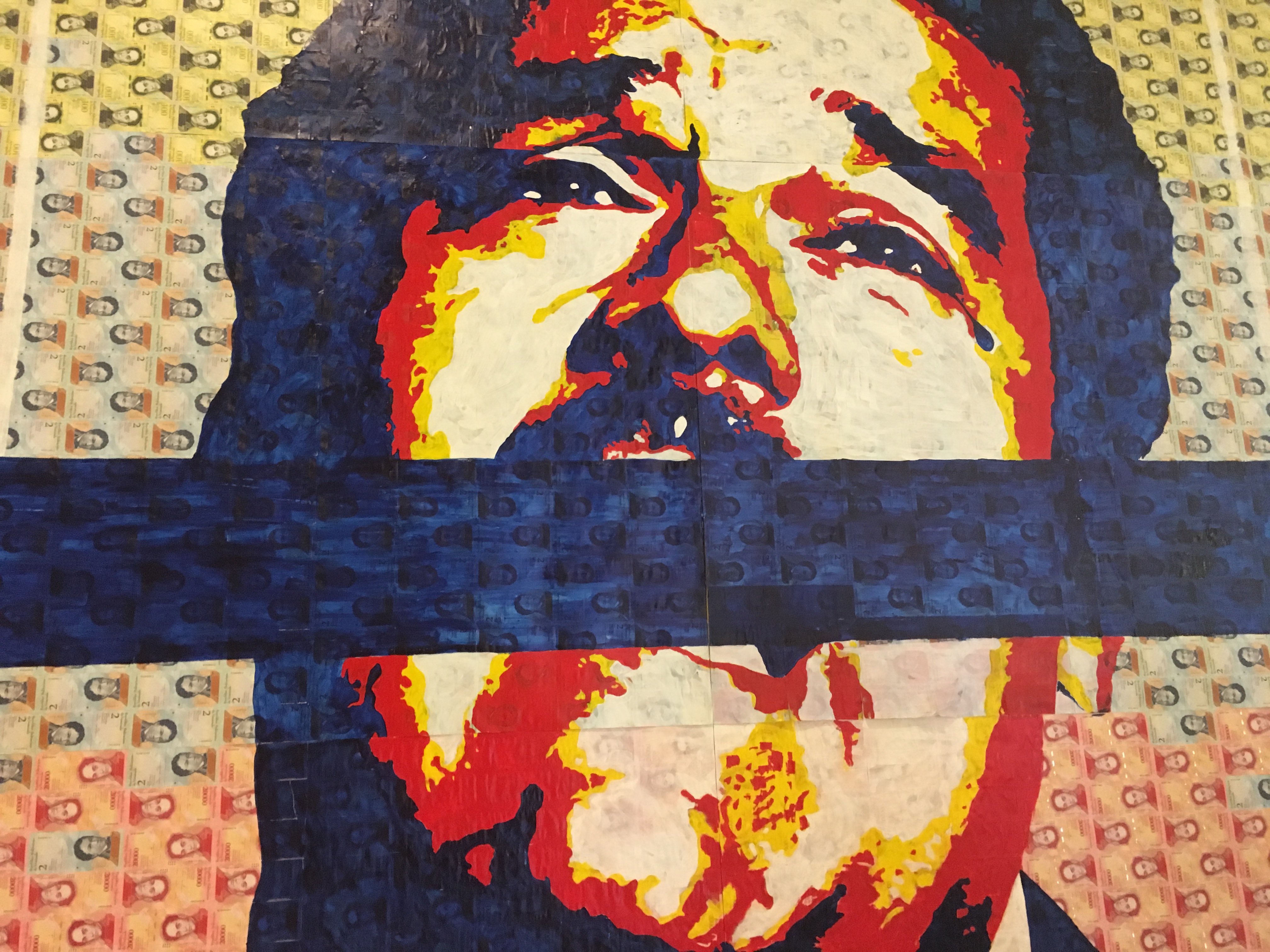Ordinals Defy Bitcoin’s Design Principles but Offer Miners Huge Post-Halving Advantages
It wasn’t supposed to be possible. Yet, with the advent of Ordinals and BRC-20, the Bitcoin network is seeing an influx of major developments that have unlocked BTCFi — DeFi using Bitcoin as its primary asset. This has brought new capabilities to a network traditionally known for its transactional simplicity, with the total market cap of BRC-20 tokens alone reaching $2.8 billion. From the standpoint of network health, the takeaway from all this is that Ordinals inscriptions, in particular, have contributed over $438 million in fees to miners, which helps secure the Bitcoin network by incentivizing miner participation.
Andy Handika is CEO and Co-Founder of Loka Mining, a platform that enables retail investors to acquire BTC at a lower-than-market price through co-investing to Bitcoin miners. This op-ed is part of CoinDesk “Future of Bitcoin,” published to coincide with the Halving in April 2024.
The Ordinals protocol enables the inscription of unique data, including NFTs, on individual satoshis, Bitcoin’s smallest unit. This innovation was expanded upon with the launch of BRC-20 tokens, which enabled the creation of tokenized assets on Bitcoin. Prior to this, DeFi on Bitcoin was deemed impossible.
Putting bitcoin to work
Bringing more complex products to the network had the effect of using up more block space, and competition for this space drove up transaction fees. In fact, in May of 2023, during the height of the initial Ordinals craze, transaction fees accounted for a full 43% of the total income per block. Later in 2023, Ordinal demand again spiked and saw fees on individual transactions spike as high as $37, a level not seen in over two years prior.
New token standards, such as Runes, which is set to launch during the halving (currently expected on April 20), aim to challenge BRC-20’s dominance and introduce more efficient options for tokenization on Bitcoin.
This growth is coupled with the introduction of native decentralized applications and the investment of major cryptocurrency exchanges in inscription services and BTCFi assets, including the debut of Bioniq, a platform for launching and trading Ordinals, along with a variety of BRC-20 initiatives and decentralized mining solutions on the ICP network.
These advancements significantly benefited from the development of ckBTC, a digital counterpart of Bitcoin pegged on a 1:1 basis with BTC on the ICP network. As a result, transaction activity for ckBTC has soared, with more than a million transactions recorded in December, amounting to more than $67 million in total value.
Another recent development that is augmenting this next halving cycle is the approval of several Bitcoin ETFs in January by the Security and Exchange Commission (SEC). Not only does this speak to the rising institutional acceptance, but it has also specifically been projected that the approved products alone could see upwards of $220 billion over the next three years. It’s also likely this will lead to a wave of additional new funds launched in the years to come. This increase in capital coming into the space not only stands to drive up the spot market price of Bitcoin but further increases competition over blockspace and, by extension, fees.
Offset halving concerns
The Bitcoin halving is a regular event that occurs every four years, reducing the mining reward on each block by half. It has become a race for miners fighting for a more scarce reward and ever-increasing mining difficulties.
For the last few years, larger publicly-traded mining companies from North America have been in a better position to increase their dominance by getting funding from retail investors. They can offer their shares or sell future hash rates on a platform like Luxor’s Hashrate Forwards.
But this year, miners of any size from other parts of the world have additional funding options to upgrade their operations. They can utilize the upcoming Loka’s permissionless marketplace, which can connect miners directly to retail investors looking for BTC at lower-than-market prices. This creates a two-sided marketplace. On the supply side, Bitcoin miners provide future hashrate. On the demand side, retail investors — looking for more cost-efficient access to Bitcoin — provide liquidity.
Bitcoin moving forward
These developments point to a few implications post-halving for the broader Bitcoin space. Given that transaction fees are explicitly intended to eventually be the only form of compensation for miners, the health of the entire network depends on them continuing to thrive over time, so this is overall positive.
This upcoming halving, and all future ones, create incentives for additional development and building on top of the existing Bitcoin infrastructure. Reducing rewards over time stands to make the entire network healthier and more diverse, not the other way around.
Right now, the future looks positive, with an ecosystem set up to continue expanding, even accelerating, as block rewards shrink. This could mean that Satoshi’s vision for a decentralized asset is right on track. But, no matter what, we’ll be finding out pretty soon.
Edited by Benjamin Schiller.









